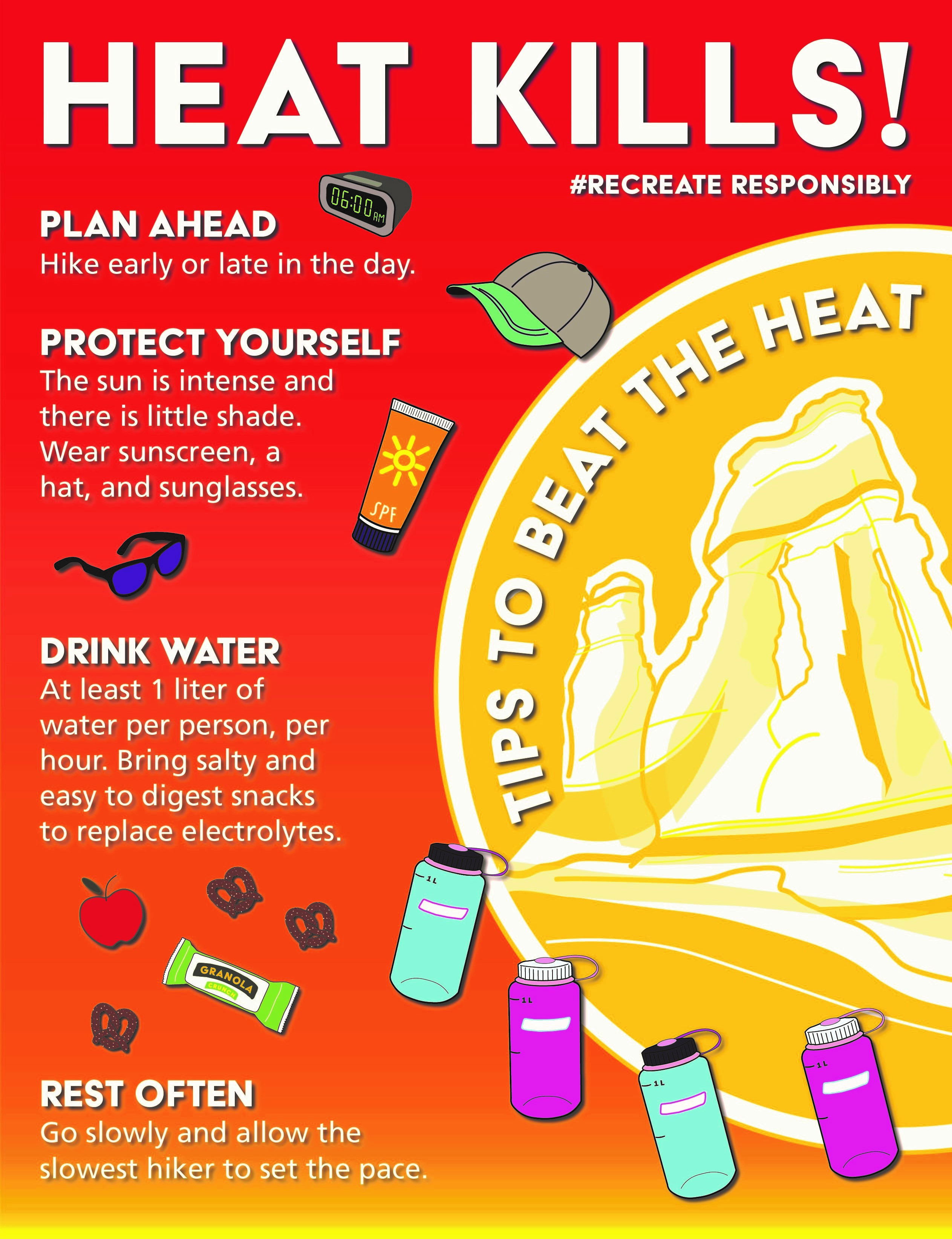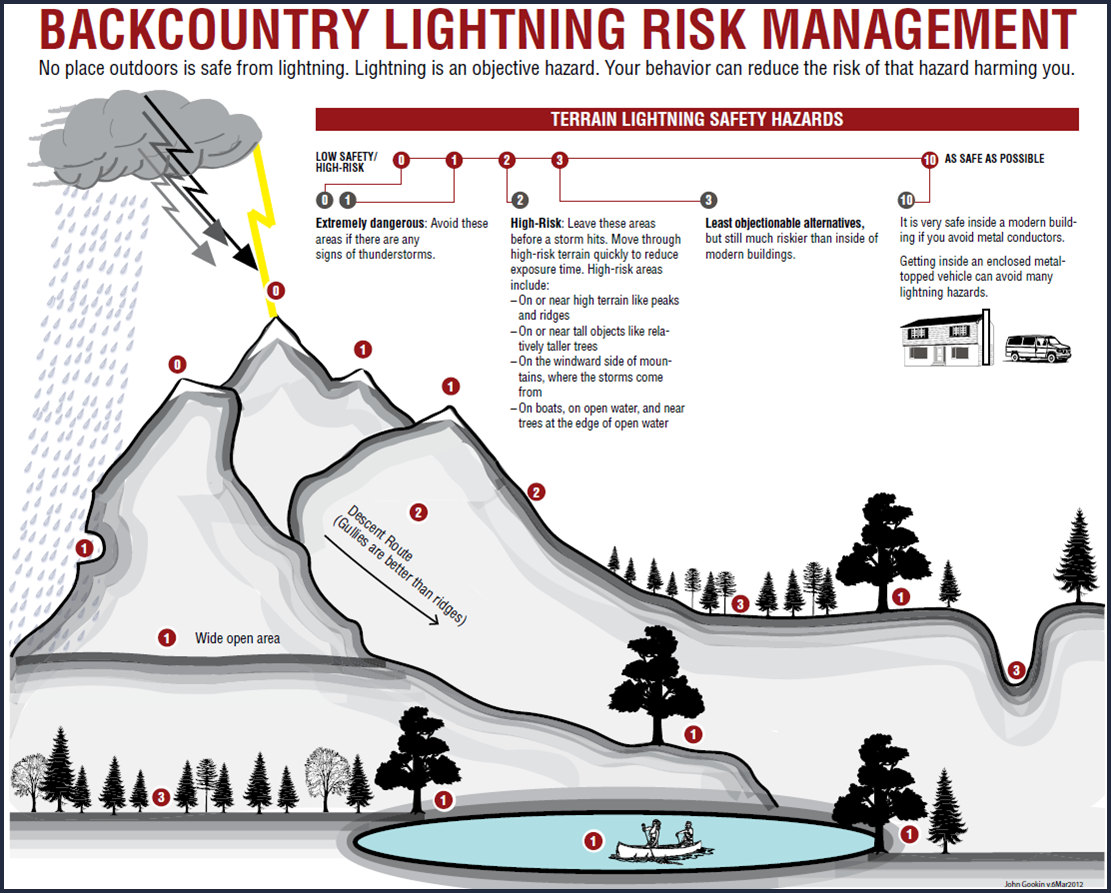To avoid spiders while hiking, wear long sleeves and pants, use insect repellent, and watch where you step. When hiking, particularly in areas known for spiders, take precautions by keeping clothing and gear sealed in plastic bags when not in use.
Consider using a hiking stick or trekking pole to clear away any spider webs blocking your path. Spiders are often found near trees and vegetation, so be cautious in these areas. By staying alert and taking preventative measures, you can greatly reduce the chances of encountering spiders while enjoying the outdoors.

Credit: www.nps.gov
Identifying Spider Habitats
When hiking, it’s important to identify spider habitats to avoid encounters. Look for signs such as webs, burrows, and hiding spots in trees and rocks. Be aware of surroundings and use caution to minimize the risk of encountering spiders during outdoor activities.
Recognizing Common Spider Habitats
The first step to avoid spiders while hiking is identifying their habitats. Various environments serve as typical spider dwellings, including:
- Tree trunks and branches
- Bushes and dense vegetation
- Rock crevices and caves
- Underneath logs and debris
Understanding Spider Behavior
Spiders are versatile creatures with behavior that adapts to their surroundings. To steer clear of these arachnids, it’s crucial to grasp their habits:
- Spiders are mainly nocturnal hunters
- They spin intricate webs to catch prey
- Some species prefer dark, damp areas
- Many spiders are shy and non-aggressive
Preparing For The Hike
Choosing Appropriate Clothing
Wear long-sleeved shirts and pants to protect against spider bites.
Packing Essential Gear
- Bring a sturdy backpack for your essentials.
- Include a first aid kit with antiseptic wipes and bandages.
- Carry a flashlight in case you need it during the hike.
Hiking through the great outdoors is an exhilarating adventure, offering a unique opportunity to connect with nature on a personal level. However, for many hikers, the presence of spiders can be an unwelcome surprise. To ensure a spider-free hiking experience, it is essential to learn the art of navigating the trail effectively.
Staying On Designated Paths
When hiking, it’s crucial to stay on the designated paths to minimize the risk of encountering spiders and their webs. Straying off the trail can lead to inadvertent contact with spider habitats, increasing the likelihood of unexpected encounters. By adhering to the established paths, hikers can significantly decrease the chances of disturbing spider habitats and reduce the risk of spider encounters.
Using Hiking Sticks Effectively
Utilizing hiking sticks can aid hikers in navigating the trail while actively reducing the risk of encountering spiders. These sticks help in signaling spider webs ahead, allowing hikers to take preventive measures. Additionally, when used effectively, hiking sticks can be utilized to clear spider webs from the trail, creating a safer passage for subsequent hikers.

Credit: stayingblonde.com
Setting Up Camp
When venturing into the great outdoors, camping can provide an incredible opportunity to connect with nature and experience stunning landscapes. However, as spider encounters can be unsettling for many, it is essential to take precautionary measures to avoid these eight-legged creatures during your hiking and camping adventures. A crucial aspect of spider prevention lies in properly setting up camp and selecting suitable locations. By following a few simple guidelines, you can significantly minimize the chances of encountering spiders in your camping area.
Selecting Suitable Campsite Locations
Choosing the right campsite location plays a vital role in avoiding unwanted creepy crawlies. Here are a few considerations to keep in mind:
- Stay away from cluttered areas: When searching for the perfect spot to set up your camp, look for clean and well-maintained locations. Avoid areas with piles of leaves, fallen branches, or other debris, as these can serve as hiding spots for spiders.
- Prefer open spaces: Opt for campsites that are in open spaces rather than dense vegetation. Spiders prefer areas with dense foliage, so selecting an exposed location will decrease the likelihood of encountering them.
- Avoid water sources: While water is essential for camping, it’s best to avoid setting up camp too close to water bodies, such as rivers and lakes. Spiders tend to inhabit these areas more frequently, increasing the risk of encountering them.
- Consider elevation: Higher ground can often provide a safer camping experience. Spiders are less likely to establish their presence at elevated locations, reducing the chances of encountering them during your camping trip.
Inspecting Gear And Surroundings
Once you have selected a campsite, it’s time to inspect your gear and surroundings to ensure a spider-free environment:
- Shake out your gear: Before setting up your tent or unpacking your sleeping bag, give them a good shake to dislodge any hiding spiders. This simple act can prevent unpleasant encounters later on.
- Check camping equipment: Inspect your camping equipment thoroughly. Look for any signs of spiders such as webs or egg sacs. Pay close attention to zippers, corners, and folds where spiders tend to hide.
- Remove nearby vegetation: Clear away any vegetation in close proximity to your campsite. Spiders are less likely to approach an area without convenient hiding spots, reducing the risk of unwelcome visitors.
- Be vigilant: Throughout your camping trip, regularly inspect your surroundings for any signs of spider activity. By remaining vigilant and promptly addressing any potential issues, you can ensure a pleasant and spider-free experience.
Dealing With Spider Encounters
When hiking, preventing spider encounters is essential. To avoid them, stay alert, clear paths ahead, and shake out gear regularly. Choose open trails and wear protective clothing. Being mindful of surroundings can minimize potential spider encounters on outdoor adventures.
Identifying Dangerous Spiders
When you’re out hiking, it’s important to be able to identify the types of spiders you may encounter, especially those that can cause harm. Knowing how to spot dangerous spiders will help you take necessary precautions and stay safe during your outdoor adventures.
Dangerous spiders typically have distinct characteristics that set them apart from harmless ones. Look for the following identifiers that may indicate you’re dealing with a dangerous spider:
- Bold colors: Poisonous spiders often have vibrant markings that serve as warning signals.
- Thicker bodies: While body size alone doesn’t determine a spider’s dangerousness, some venomous species tend to have larger and stockier bodies.
- Visible fangs or venom sacs: Certain dangerous spiders have prominent fangs or venom sacs that are an indication of their potential to cause harm.
Remember, it’s vital to exercise caution when encountering any spider in the wild, as harmless species can also be mistaken for dangerous ones.
Practicing Safe Spider Removal Techniques
If you come across a spider that makes you uncomfortable or poses a potential threat, it’s crucial to know how to remove it safely without causing harm to yourself or the spider. Here are some recommended techniques for spider removal:
- Keep calm: Maintaining a calm demeanor will help you think clearly and avoid making sudden, erratic movements that could provoke the spider.
- Use a container: If possible, gently place a container over the spider and carefully slide a stiff piece of paper underneath. This method allows you to trap the spider and relocate it safely.
- Avoid squishing: Squashing a spider should be avoided, as it may release harmful toxins or leave stains on surfaces. Opt for relocation instead.
- Release the spider away from you: Once you’ve caught the spider, find an appropriate spot away from your hiking path to release it. This ensures both your safety and the spider’s.
Keep in mind that spiders play a vital role in the ecosystem, as they restrict insect populations and contribute to natural balance. Whenever possible, consider letting them thrive in their natural habitats.

Credit: www.nps.gov
Frequently Asked Questions On How Avoid Spiders Hiking
How Can I Avoid Spiders While Hiking?
To avoid spiders while hiking, stay on clear trails and avoid bushes and tall grass where spiders may be lurking. Shake out your clothing and shoes before putting them on. Use bug spray and wear long sleeves and pants to keep spiders away from your skin.
Are All Spiders Harmful During A Hike?
No, not all spiders are harmful. Most spiders are harmless and play a beneficial role in the ecosystem by eating insects. However, some spiders can be venomous. It’s important to learn about the specific spiders in your hiking area and take precautions to avoid them.
What Should I Do If I Encounter A Spider While Hiking?
If you encounter a spider while hiking, it’s best to keep your distance and not disturb it. Most spiders are not aggressive and will not bite unless provoked. If you’re unsure about the type of spider you’re dealing with, it’s best to err on the side of caution and avoid any contact.
Conclusion
Spider encounters on hikes can be minimized through proper preparation and awareness. By staying on designated trails, wearing appropriate clothing, and utilizing repellents, hikers can enjoy nature without the fear of unwanted arachnid encounters. Remember, knowledge and caution are key in avoiding spider-related mishaps during outdoor adventures.
